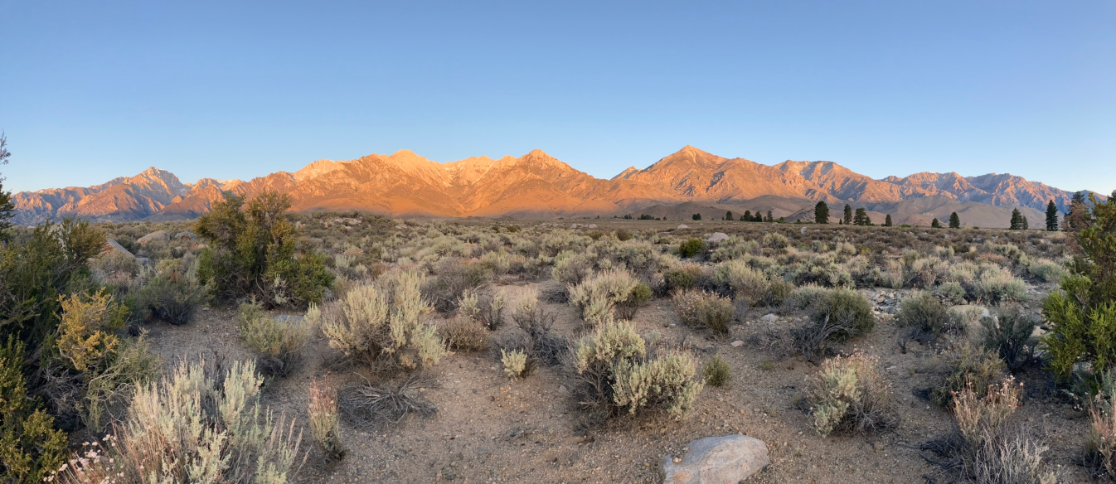Treated Water Music
/By Dave Henderson
Way back in 1717, King George of England got a yen to hear a musical concert while floating along on the royal barge down the River Thames. So he commissioned one of the eminent composers of the time – Georg Frideric Handel – to compose some tunes for him. Happily, Handel complied. And the orchestral work he composed for the king’s river voyage became known as Water Music.
And, yes, it’s STILL considered to be a bigger spectacle than the Beatles Live at Hollywood Bowl! Sorry, Ringo…
Segue to today. For several years now, I’ve had the good fortune to conduct monthly five-minute bird point count surveys along a languorous stretch of Las Vegas Wash in Clark County. OK, yes, as a GBBO staff member, I do get paid for this “work,” but that’s all subsumed under the catch-all “good fortune.”
For those unfamiliar with Las Vegas Wash, the site is a riparian wonderland, dotted with willow thickets, cottonwood groves, cattail and common reed patches, and many other plant species of riparian and upland provenance. And it’s all nourished by the most valuable commodity of the desert: a manifestly unending supply of water. So is there a catch? Sure. The water is actually tailwater effluence, released after being treated at the local Vegas water treatment facilities. To push home the point, the river that is Las Vegas Wash may not be exactly “swimmable” to humans, but to the plants and birds of this dry region, this artificial riparian corridor is a rare munificent gift.
As the seasons change, so do many of the bird species I observe. Not surprisingly, the large open-water parts of the Wash attract waterfowl and wading birds. Some are resident, particularly the wading birds such as Great Blue Heron and Black-crowned Night-Heron. Few, however, of the waterfowl are resident beyond the ubiquitous American Coot and Mallard. Most of the waterfowl are seasonal, and their season of choices, like Santa’s, is winter.
To a duck at Las Vegas Wash, winter actually begins in November. Throughout spring, summer, and early autumn, waterfowl sightings are somewhat meager beyond the coot and the mallard. This is the season of the Cinnamon Teal and the Ruddy Duck, though their numbers are never large along Las Vegas Wash. Gadwalls are also present during the warm months, but their numbers are small and I’m of the opinion some of these are becoming resident. The same can be said of the Canada Goose.
In November and December, a new suite (notice the clever Water Music allusion here) of waterfowl invades the Wash. Some are just passing through, or stay for a limited time in small numbers for the winter. Among these avian snowbirds are the Buffleheads, Common Goldeneyes, Lesser Scaups, Ring-necked Ducks, and Redheads. Although all these ducks overwinter here in the south, Las Vegas Wash does not provide the ideal habitat for such ducks that prefer deep water, which seems to be the reason I don’t record these species in large number at the Wash. Other deep-water ducks – such as Canvasback, Greater Scaup, and Barrow’s Goldeneye – are of extremely rare occurrence in the shallow waters here.
Late fall/early winter is also the time of the merganser: specifically the handsome Common Merganser and the well-coiffed Hooded Merganser (though both are infrequently recorded in small numbers). As a birder, there are few things that proffer more pleasure than watching a male Hooded Merganser unveil his eye-popping hood before an impressed (and equally well-coiffed) female. Yes, we birders take our pleasure in the small things.
All said and done, though, the November-to-March season at Las Vegas Wash might aptly be called The Days of the Dabblers. Northern Pintails and Green-winged Teals begin showing up in late fall, but never in large numbers (at least here). Rafts of Northern Shovelers appear too, but again, not in any large enough numbers to inform Grandma.
If you’re looking for “large numbers” of ducks, that distinction goes to what I call The Big Three: The Mallard, The Gadwall, and The American Wigeon. And yes I capped the definite article here because the numbers warrant it. In mid-winter at the shallow water stretches of Las Vegas Wash, these three species are counted in the hundreds, not the dozens. Put another way, a busload of tourists doesn’t have enough fingers and toes to count all the mallards, gadwalls, and American Wigeons at your typical open water site. This requires pocket calculators.
Although it makes my job harder, (estimating large numbers of swimming ducks is not easy), I do enjoy the overpowering presence of the waterfowl in mid-winter. But it’s not just a visual spectacle. The sounds emanating from the water are equally pleasing to the ear: the harsh quacks of the Mallards, the soft quacks of the Gadwalls, the whistled wiwhews of the Wigeons, the quehps, the mepps, the warrs…
Some would call it music. Water music. But not me.
I call it Treated Water Music.




